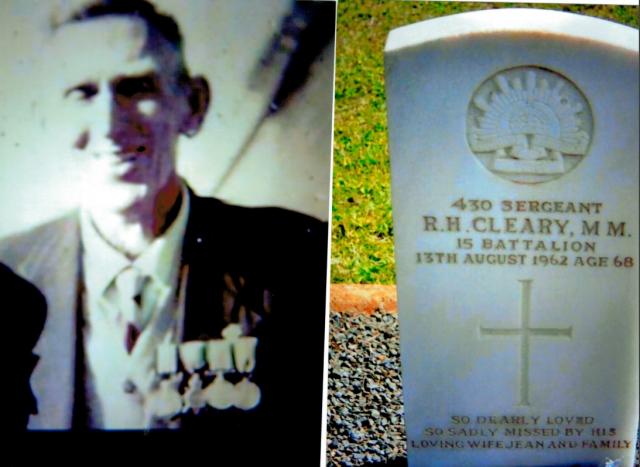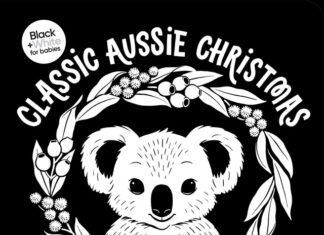In the early years of the 20th century, Europe was in political turmoil when Germany sought to break up the French-Russian Alliance and unsettled alliances with other European powers.
The situation reached a head when on 28 June 1914, the Austrian Archduke Ferdinand was assassinated by a little- known Serbian Nationalist named Gavrilo Princip, during his visit to Sarajevo.
This led to the outbreak of the Great War when Britain declared war on Germany and the Ottoman Empire, and called on the British Dominion countries for support. This led to patriotic fervour throughout Australia when the Federal Opposition leader Andrew Fisher in a speech in Colac, Victoria, stated that we would help “defend the Empire to the last man and the last shilling” and a day later, the Prime Minister declared: “If the old country is in it, we are in it”.
When recruiting officers were sent to all parts of the country, hundreds of young Australians flooded the recruiting offices determined to do their part for King and country.
One young man named Richard Cleary, a 20-year-old railway engine driver in Warwick, attempted to enlist but was rejected for being too young until his mother Annie sent a letter of approval and he was eventually enlisted on 30 October, 1914.
Richard, born in Warwick on 6 December 1893 to Annie and Michael Joseph Cleary, was educated in Warwick before joining the Queensland railways to train as an engine driver. His only military experience was two years in school cadets, but was determined to enlist and begged his mother for approval.
Once his mother Annie relented and approved his enlistment, Richard was immediately sent to the training camp at the Brisbane showgrounds and Bowen Park for infantry training and was then posted to the 15th Battalion, C Company, as a Signaller, ready to embark to the Dardanelles campaign. He departed with the Battalion on 22 December 1914, to become part of the Anzac legend on the rugged slopes of Gallipoli on 25 April 1915.
Thrust into the hell and gunfire at Gallipoli, Richard was soon in action until he suffered a gunshot wound to his leg during a raid on the Turkish trenches on 4 May, and was eventually medically evacuated on the hospital ship RMS “Aquitania” to No 3 General Hospital at Wandsworth, London, on 27 August 1915 for treatment.
Once recovered, Richard returned to the Gallipoli peninsula before being evacuated with the Battalion back to Ismailia on 15 January 1916 on the HT “Oriana”. Like many of the Gallipoli veterans, Richard suffered from trench warfare ailments caused by the unhygienic conditions and the incessant Turkish shellfire under which they fought.
Now fully recovered from his gunshot wound, Richard and his battalion were sent to France on the troop ship “Transylvania” arriving in France to be part of the Somme campaign. Richards leadership qualities saw him promoted to Corporal on 5 April 1916 and 12 months later to Sergeant on 23 June 1917, as he came under notice for his initiative and bravery under fire.
However, periods of sickness from 4 March 1917 to 16 November 1917 saw Richard hospitalised in military hospitals at Rouen and Estaples.
Richard re-joined the 15th Battalion on 25 November in time for the allied push towards the Somme. This advance was the most-deadly for in the 12months that followed, over 38,000 Australians lost they lives in battle, and Richard himself was wounded for the second and third times but managed to remain on duty.
Richard was again hospitalised on 2 August 1918 for illness and battle fatigue and it was at this time that he was told that he was to receive the Military Medal for his actions in battles during the advance as his leadership and bravery had come over the period in Battles with the 15th Battalion at Pozieres, Mouquet Farm and Bullecourt over a 12- month period.
Here’s how the award reads: “His Majesty the King has been graciously pleased to approve of the award of the Military Medal for bravery and conspicuous service to the undermentioned”. No 430 Sergeant R. H. Cleary, 15th Battalion, AIF.
On 8 December 1918 Richard convalesced in the military hospital at Sutton Veny, before his return to Australia on board the HT “Saxon” on 30 January 1919.
After four long hard years as an Anzac, Richard was relieved to be back home ready to fight off the horrors of nearly four of trench warfare, and start in a new life free of his army restraints.
In 1922, Richard took advantage of the Soldier Settlement Scheme and bought a Selection block of 320 acres at Cecil Plains and tried his hand at farming for the next 25 years.
In the mean time, he met and married Jean Callender, a divorcee, who had four children.
It was a hard life, but Richard made a good living until the outbreak of World War II in 1939.
As the drums of war began to beat again in Richard’s heart he was compelled, once again, to serve his nation. Because of his age of 42, Richard was exempted from active service but on 11 April 1942, he was accepted into the Volunteer Defence Corps (VDC) and was Commissioned as a Lieutenant doing regular duties on the home front until his termination of employment was completed on 22 October 1945.
After the war, Richard decided to sell his property at Cecil Plains and move to Toowoomba in 1949, where he became a shopkeeper until his untimely death on 13 August 1962 at the age of 68. He now lies at rest in the military section of the Toowoomba cemetery.
Richard Henry Cleary was one of those brave young heroes who stormed the slopes of Gallipoli and survived the trenches of the Western Front in France. His efforts and the awarding of the Military Medal helped create his story of the Anzacs that has become a legend that has demonstrated an indomitable spirit, great courage, endurance, initiative, and most of all mateship. This has become part of our nation’s psyche, and has given Australia an identity that on every Anzac Day we remember Richard story, and this memory, in all its sadness, still fills our chest with pride.
“LEST WE FORGET”.






